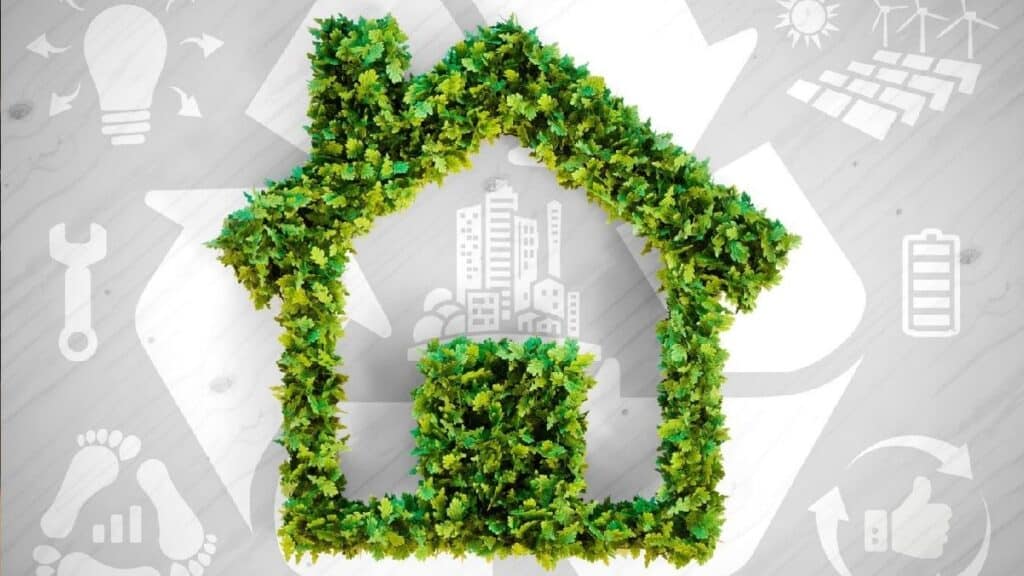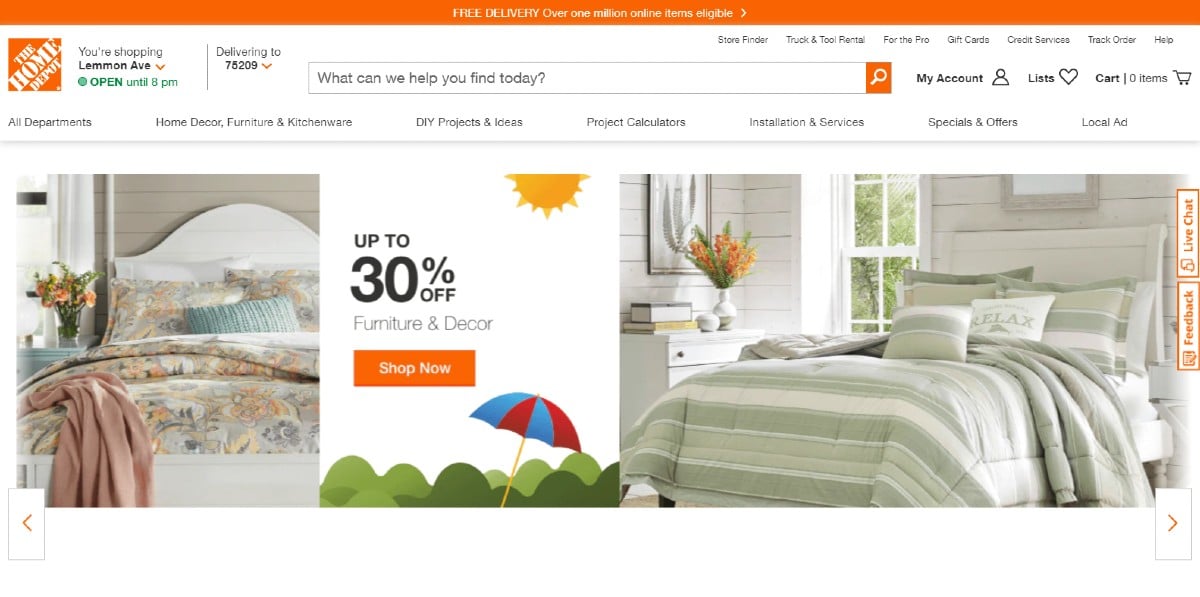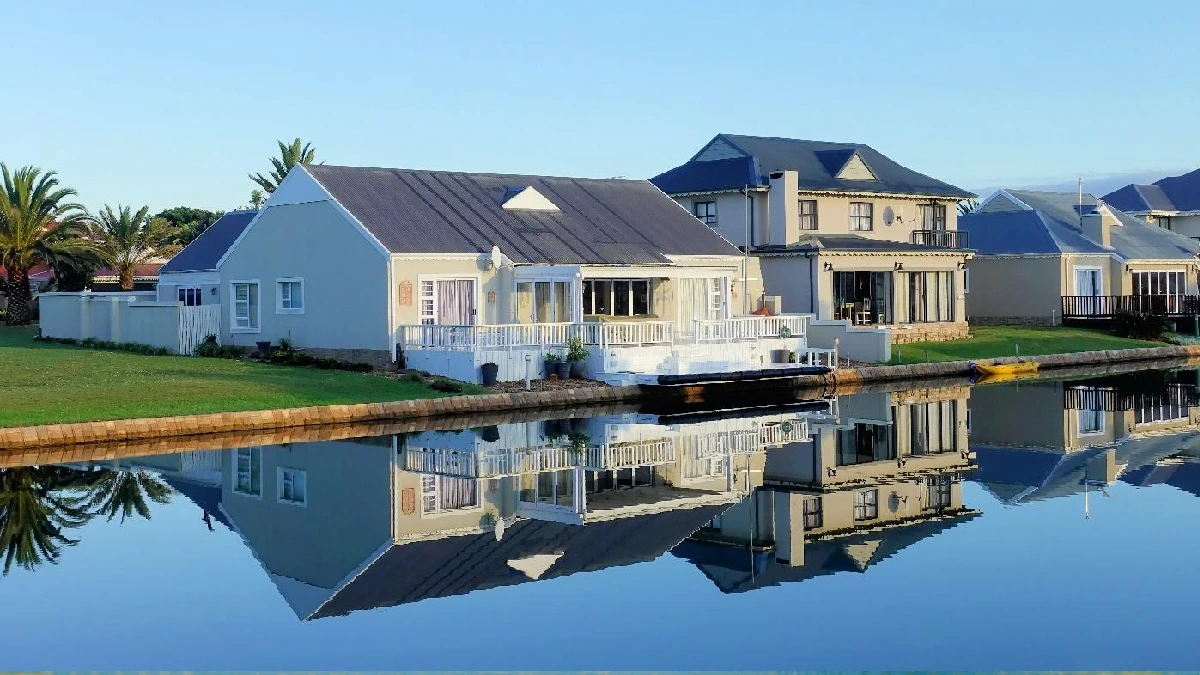
August 2021 marked the meeting of the Intergovernmental Panel on Climate Change (IPCC). At this counsel, scientists revealed unprecedented changes in the global climate linked to human activities.
However, hope is not lost. Changes in our behaviors from manufacturing to building and more can reduce the implications of global climate change.
One way you can be a part of the solution is by opting for a sustainable home design. Read more to learn how to transform your space into an eco-friendly haven.
Location, Location, Location
Whether you are renovating your current home or are in the market for a new home, location is key.
Green homes are thoughtful about positioning. Choose a home that is close to work or school. This allows you to rely on public transportation or a bike.
If you are staying in your current home, begin to explore local venues to reduce your dependence on driving. If you currently need to commute, talk to your boss about work-from-home options or find a coworker with which to carpool.
Your home’s orientation can play a large role in home sustainability. Consider which way your large windows face.
Fewer west-facing windows keep your home cooler. More south-facing windows maximize natural light during the winter.
Interior Design Ideas
The interior design of your home is a great place to find sustainable solutions. Lighting, natural materials, and VOC-free products should play into your design.
One of the easiest sustainable energy solutions is switching your CFL lights to LED lights. LEDs are more eco-friendly because they take less power to operate. That means fewer greenhouse emissions from your local powerplant.
In your sustainable home design, look for natural materials like bamboo, cotton, and biodegradable options. Bamboo has a high growth rate and is a renewable resource making it a great furniture option. Natural textiles are great at trapping allergens and are wonderful thermal insulators.
Be mindful of products with volatile organic compounds (VOC). VOCs, like those found in paint, cleaners, air fresheners, and more, contribute to headaches, nausea, nervous system issues, and even cancer.
Technology Tips
There are many technological tools to create self-sustaining homes. Solar panels, rainwater collection systems, compost toilets, wind-powered heating, etc. contribute to positive change.
Self-sustaining homes need a way to produce energy and provide water. Solar panels and wells/rainwater systems do that. Solar cost compared to traditional electricity bills gives you more financial freedom and more independence.
Sustainable energy solutions like solar and wind allow you to harness nature instead of relying on utility companies to survive.
Sustainable Home Design
This is just the beginning of what you can do with a sustainable home design. As you keep incorporating eco-friendly options in your home, you will be a part of the change the world needs to preserve its fragile climate. Any step towards sustainability is a step in the right direction
For more informative and interesting posts, check out more on our blog today!



